X
This article was medically reviewed by Cristian Macau, DDS. Dr. Macau is an oral surgeon, periodontist, and aesthetician at Favero Dental Clinic in London. He received his DDS from Carol Davila University of Medicine in 2015.
This article has been viewed 23,998 times.
Many of the key ingredients in toothpaste can be purchased in stores and mixed together to make a homemade tooth powder. Making your own tooth powder is easy and the results may even improve the health of your teeth. Keep in mind that any homemade tooth powder will not contain fluoride, which replaces minerals, fights bacteria, and strengthens tooth enamel.[1] [2]
Steps
Part 1
Part 1 of 3:
Making a Basic Tooth Powder
-
1Measure out four tablespoons calcium (carbonate) powder.[3] You can crush calcium carbonate tablets or buy calcium powder in bulk. Adding calcium to your toothpaste helps to rebuild the calcium in your teeth. Put four tablespoons of baking soda into your bowl.
-
2Add two tablespoons baking soda.[4] Baking soda reduces the acid content in your mouth, so it is a vital ingredient in any tooth powder recipe. Measure out two tablespoons of baking soda and add them to your bowl.Advertisement
-
3Include ½ teaspoon of stevia. Stevia helps to improve the flavor of the tooth powder by making it a little sweeter. You can add a little more stevia if you prefer a sweeter tooth powder. Measure out ½ teaspoon and add it to your bowl.
-
4Sprinkle in one teaspoon sea salt.[5] Sea salt adds minerals to the tooth powder, which can help to re-mineralize your teeth. Measure out one teaspoon of sea salt and add it to your bowl.
- Make sure the salt crystals are not too large, as these can be too abrasive to use on your teeth.
-
5Mix all of the ingredients together. After you have added all of the ingredients to the bowl, use the wooden spoon to mix them together. Make sure that the ingredients are well combined.
- You can add additional ingredients if desired, or just transfer the mixture to a mason jar and seal it until you are ready to use it.
Advertisement
Part 2
Part 2 of 3:
Adding Flavors and Other Ingredients
-
1Add two tablespoons of bentonite clay.[6] Bentonite clay may also help to re-mineralize teeth and fight cavities. Try adding in two tablespoons of bentonite clay to your tooth powder. Stir it in until it is well combined with the other ingredients.
-
2Stir in a teaspoon of herbs and/or spices of your choice. You can add just about any herbs or spices that you want to improve the flavor of your tooth powder. Make sure that any herbs or spices that you use are ground into a fine powder. Some good herbs and spices to try include:[7]
- Peppermint
- Spearmint
- Cinnamon
- Cloves
- Ginger
- Sage
- Aloe
-
3Include two teaspoons of 3% hydrogen peroxide solution for whitening. If you want to whiten your teeth a bit or if you have stubborn stains, then you can add two teaspoons of 3% hydrogen peroxide. Keep in mind that adding hydrogen peroxide will turn your powder into a paste. The hydrogen peroxide will also cause some foaming and tingling, but that is normal.[8]
- Hydrogen peroxide is antibacterial and works as a bleaching agent and, along with baking soda, will have an increased whitening effect.
- Don’t use anything stronger than a 3% solution because higher concentrations can burn and irritate the gums and mouth and increase tooth sensitivity.
-
4Create a paste by adding 1/2 cup of coconut oil. If you would prefer to have a toothpaste to brush your teeth, you can add coconut oil to your tooth powder. The coconut oil serves as a natural carrier for the other ingredients. Mix the coconut oil with the dry ingredients until they are all well-combined.[9]
Advertisement
Part 3
Part 3 of 3:
Storing and Using Tooth Powder
-
1Seal your powder in a jar. If you have only used dry ingredients to make your powder, then you can seal it in your mason jar and keep it in your bathroom for daily use. If you have added wet ingredients to your paste, then you may want to keep it in the refrigerator.
-
2Dip your toothbrush into the powder and brush. When you use the tooth powder, wet your toothbrush a little bit and dip it in your tooth powder. Brush gently and rinse. Remember that the powder is going to be a little bit abrasive, which is ideal for stain removal and whitening, but may be harmful if used forcefully or in excess.[10]
- Use a soft-bristle toothbrush. If it is older than three months, throw it out and use a new one.
-
3Provide a separate jar for each family member. Since you will be dipping your toothbrush in the tooth powder, you may want to provide a separate jar for each member of the family. Try putting about a half cup of tooth powder into small mason jars and adding labels to them.[11]
-
4Adjust the ingredients to meet your needs. After your first batch, you may decide that you want to adjust the ingredients to change the flavor or properties. Try out different herb combinations or increase/decrease the amounts of some of the ingredients.
Advertisement
Warnings
- You should use your homemade tooth powder just once a week as it is abrasive and can harm your enamel. If your dentist has warned you about having enamel abrasion, then you probably shouldn't use it at all.⧼thumbs_response⧽
Advertisement
Things You’ll Need
- 4 tablespoons calcium (carbonate) powder
- 2 tablespoons baking soda
- ½ to 1 packet of stevia
- 1 teaspoon sea salt
- Bentonite clay (optional)
- Herbs or spices of your choice (optional)
- 3% hydrogen peroxide solution (optional)
- Coconut oil (optional)
- Bowl for mixing
- Wooden spoon
- Mason jar
References
- ↑ http://www.mouthhealthy.org/en/az-topics/d/decay
- ↑ http://www.ncbi.nlm.nih.gov/pmc/articles/PMC2292933/
- ↑ https://wellnessmama.com/remedies/remineralizing-tooth-powder/
- ↑ http://www.diynatural.com/whitening-tooth-powder/
- ↑ http://www.diynatural.com/whitening-tooth-powder/
- ↑ https://wellnessmama.com/remedies/remineralizing-tooth-powder/
- ↑ https://wellnessmama.com/remedies/remineralizing-tooth-powder/
- ↑ https://intothegloss.com/2014/12/whitening-teeth-hydrogen-peroxide/
- ↑ https://wellnessmama.com/natural-home/natural-toothpaste/
About This Article
Advertisement
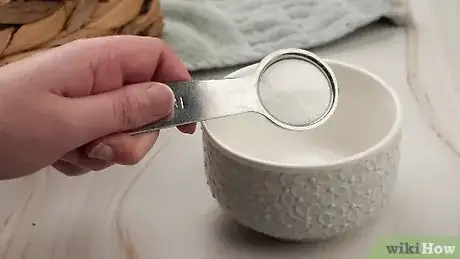

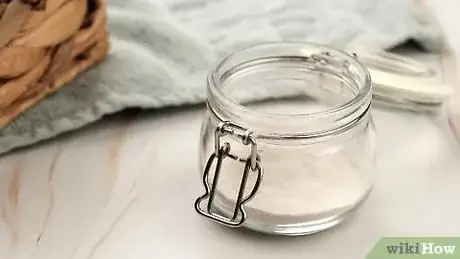
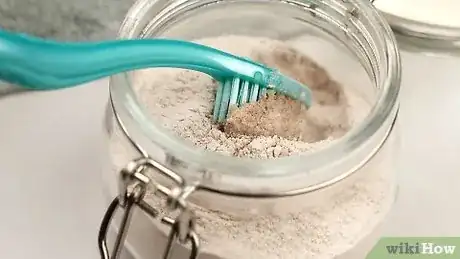
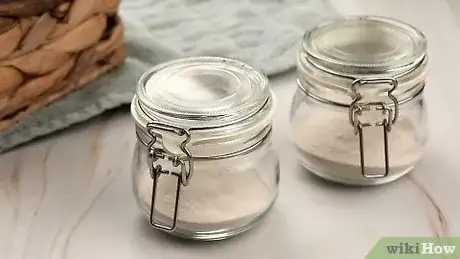

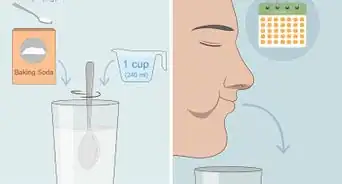
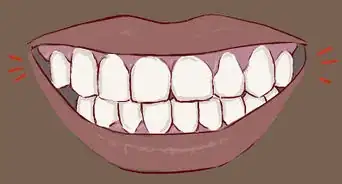

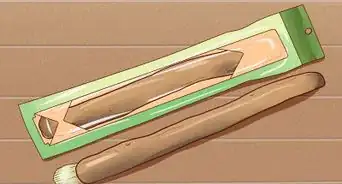
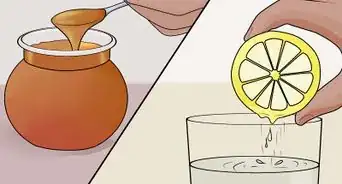

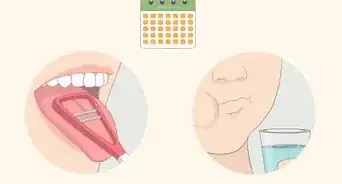
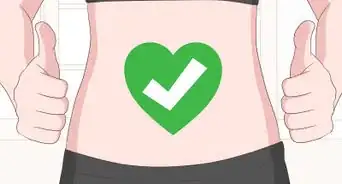
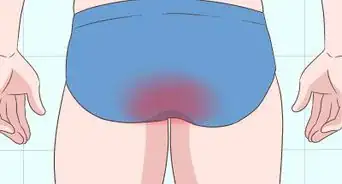
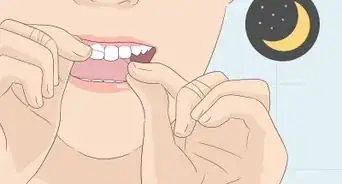
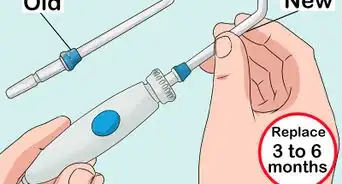








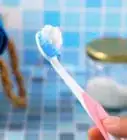
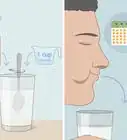
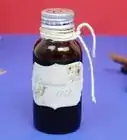




































Medical Disclaimer
The content of this article is not intended to be a substitute for professional medical advice, examination, diagnosis, or treatment. You should always contact your doctor or other qualified healthcare professional before starting, changing, or stopping any kind of health treatment.
Read More...